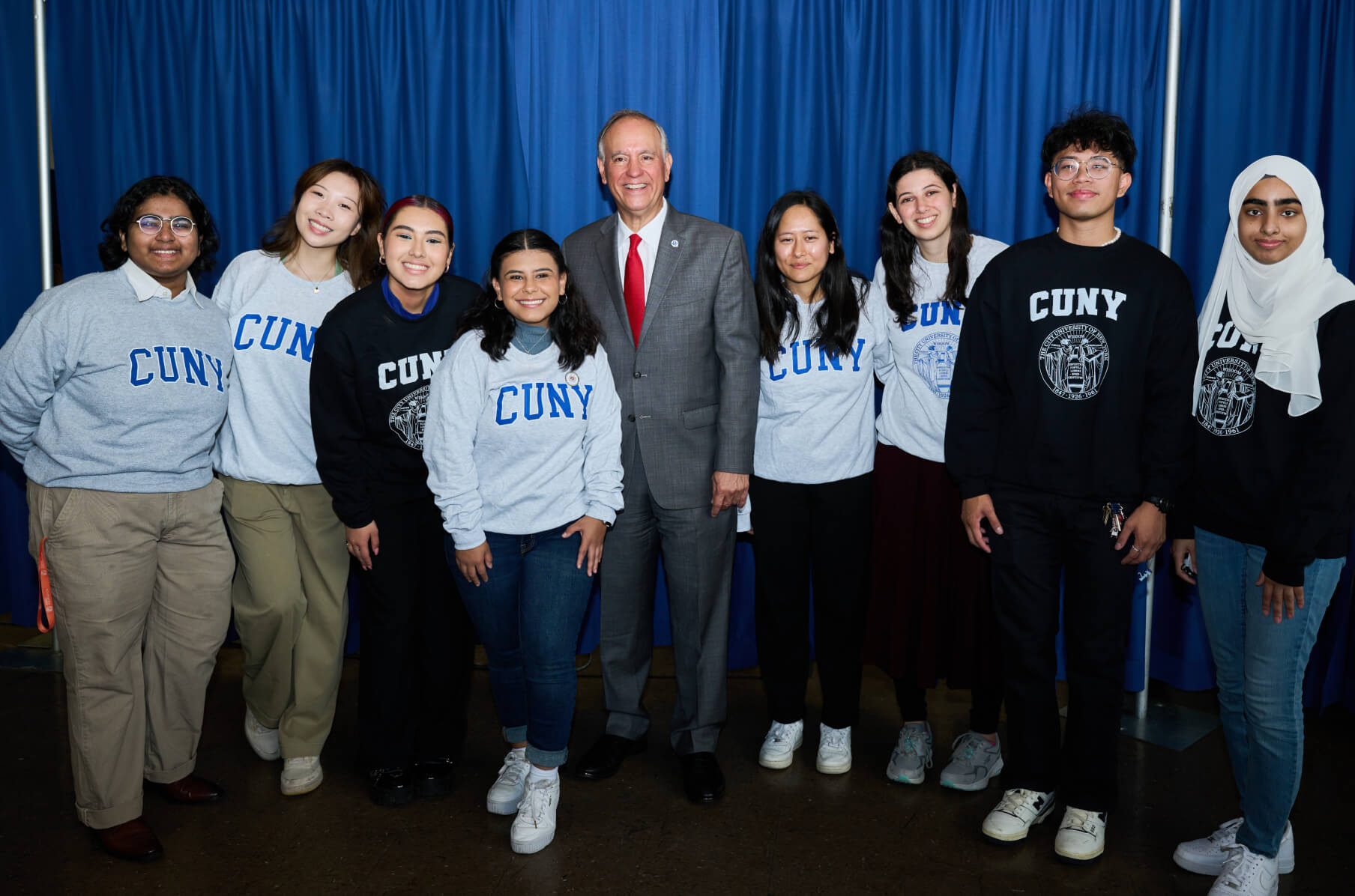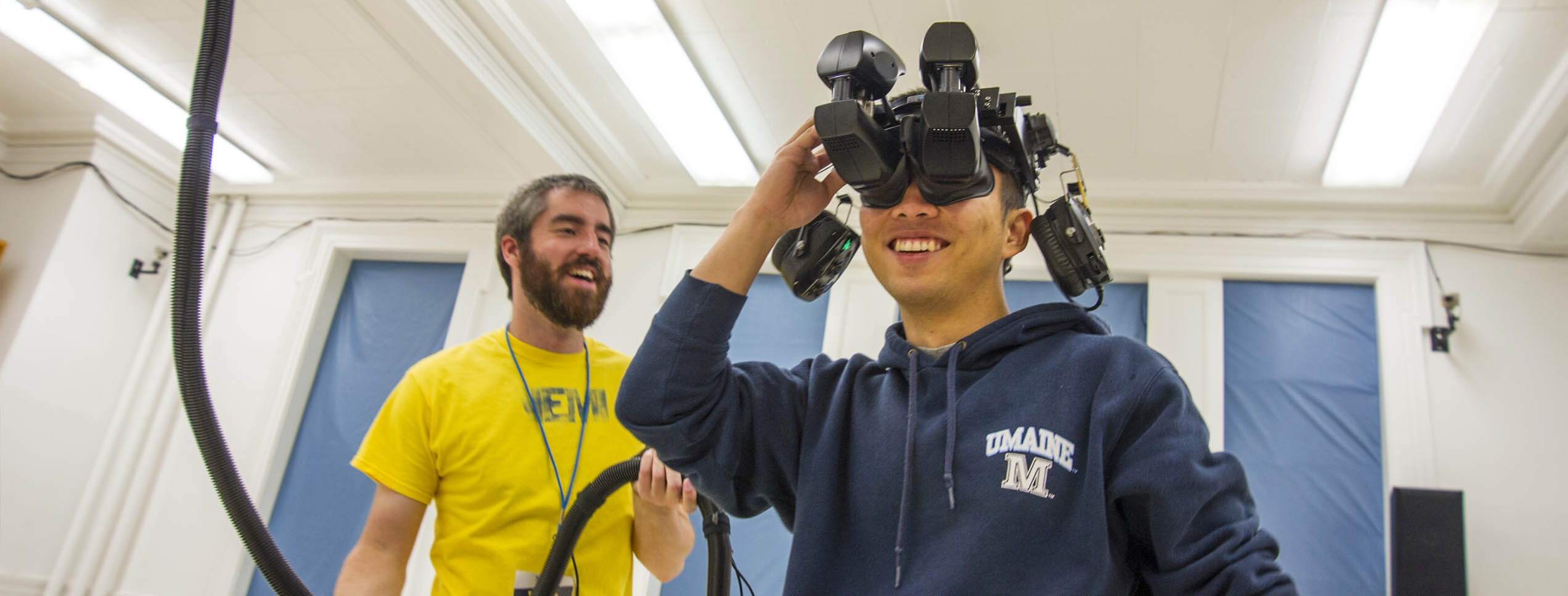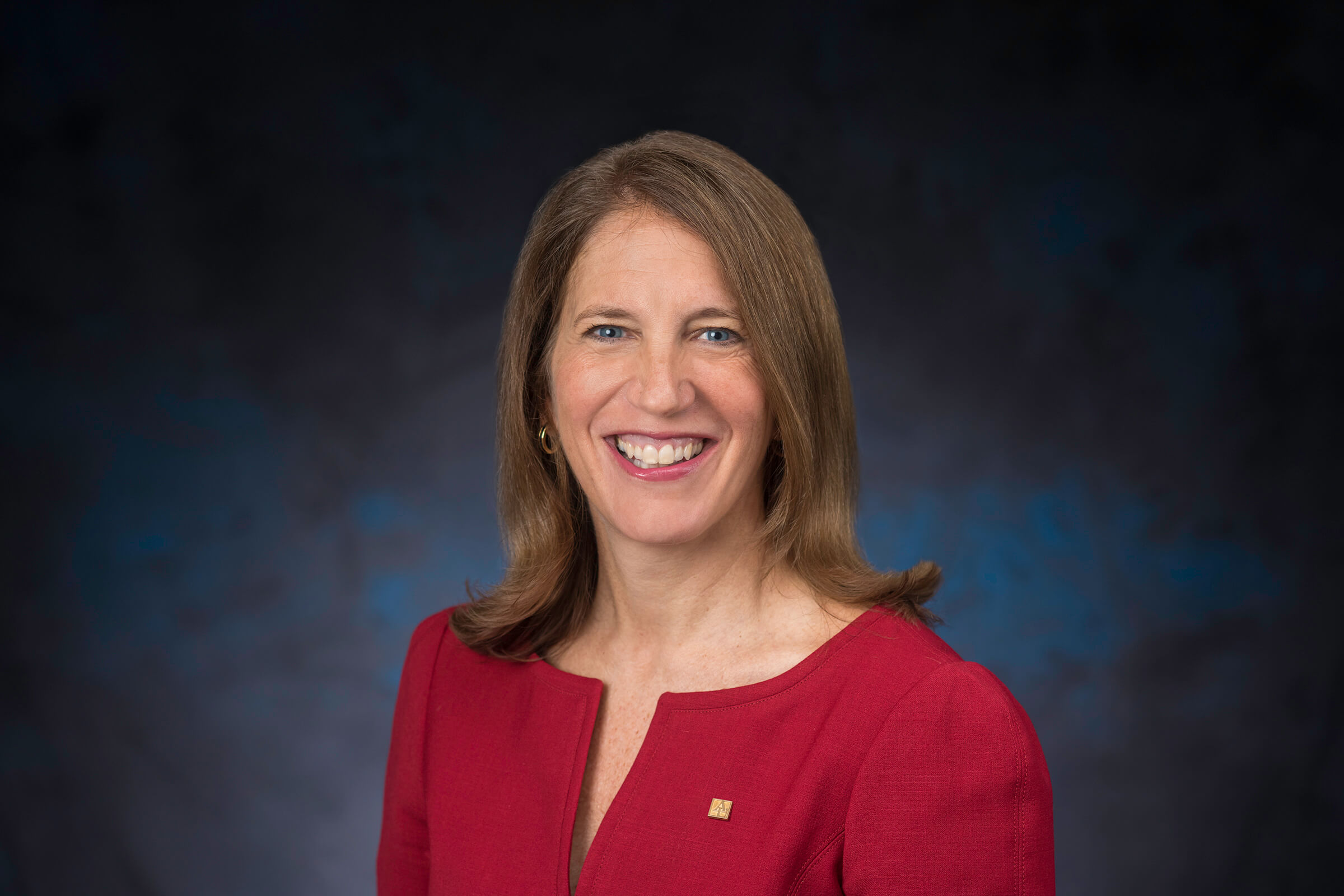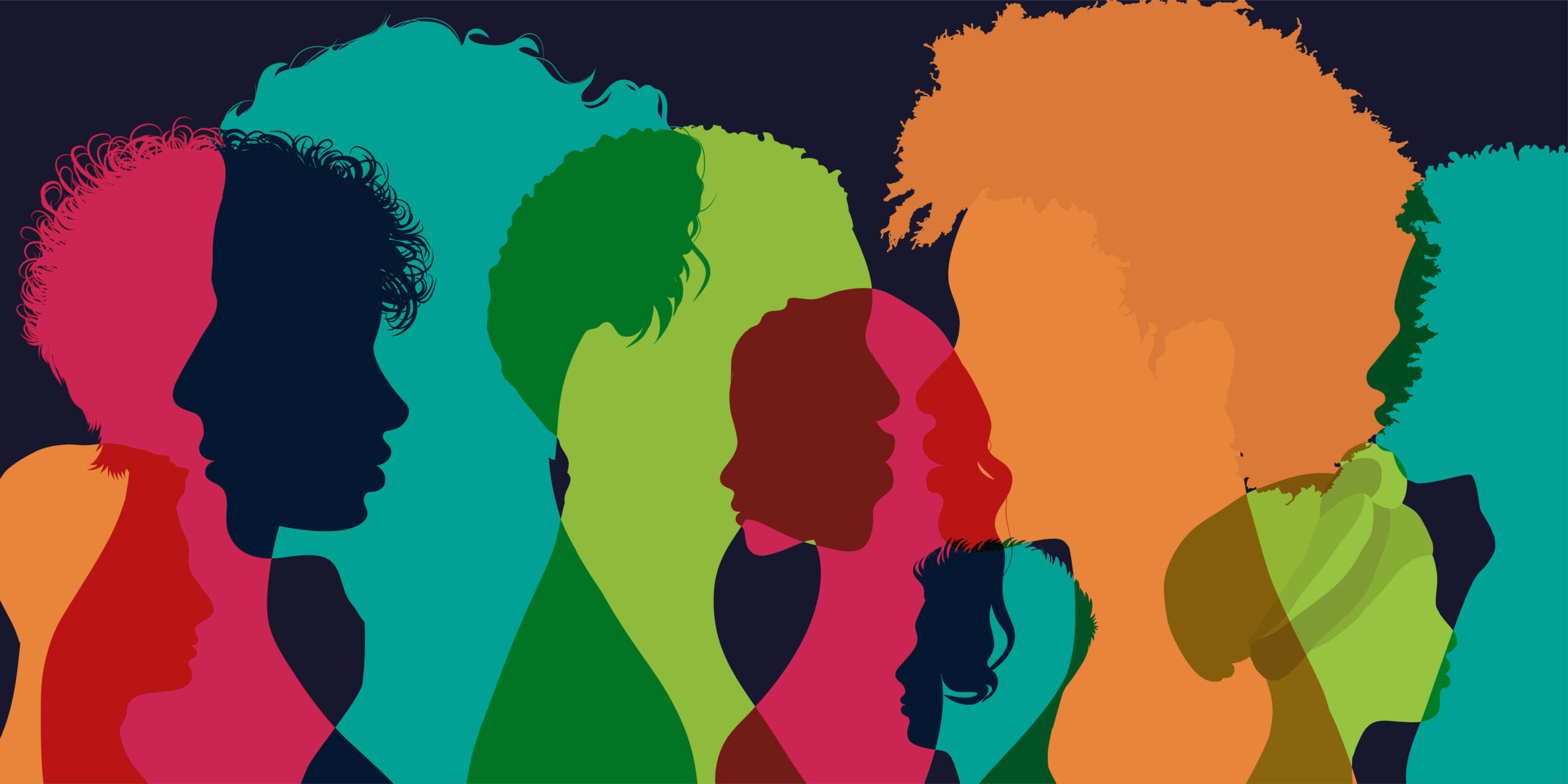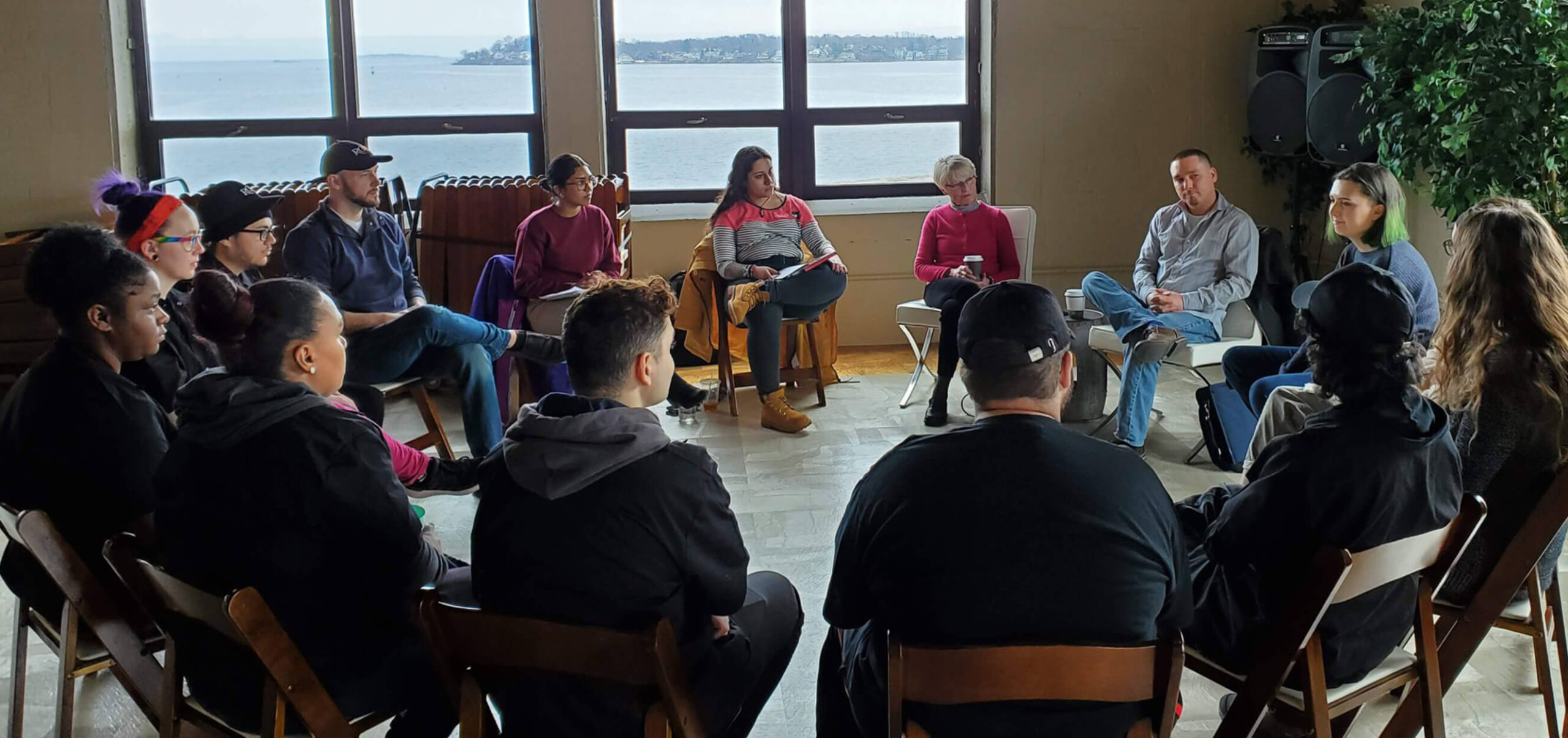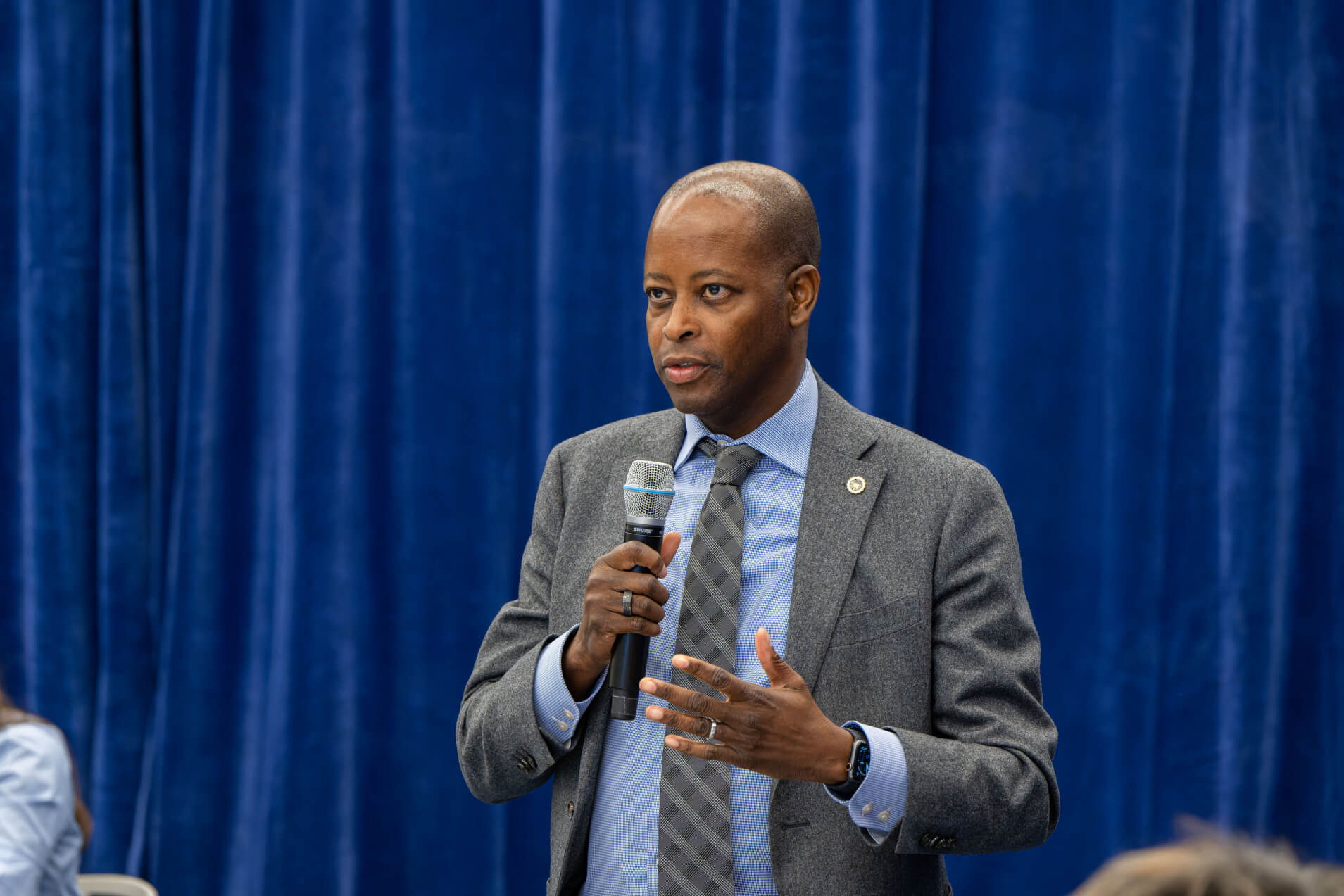Understanding how young graduates of color experience their predominantly White workplaces is a critical part of creating flourishing cultures within increasingly diverse work environments. As corporations and organizations continue to work at this with varying success, the Steve Fund has released a new report that can help guide their efforts.
In “Supporting the Successful Transition of Young People of Color into the Workforce,” The Steve Fund surveyed 160 young professionals of color on cultural dynamics that affect their wellbeing and, as an extension, their job performance, satisfaction, and retention. The results showed that half of those surveyed reported experiencing microaggressions at their places of employment; and half said they do not feel a sense of inclusion or belonging. These and other findings send a strong message to employers about the DEI work that lies ahead, despite increased efforts on the part of employers to attract and retain professionals of color.
“We know that employers face challenges reaching recruitment and retention goals and young people of color face challenges transitioning into the workforce,” said Evan Rose, president and co-founder of the Steve Fund, the nation’s leading organization focused on supporting the mental health and emotional wellbeing of young people of color. “These interrelated challenges present us with an opportunity to leverage the talents of a diverse workforce for growth and support young employees of color in inclusive and culturally responsive ways.”
In addition to the survey findings, the new report outlines a detailed framework for how employers can respond to what young professionals of color are reporting while creating more inclusive workplaces that will help attract and retain young people of color. Like the “Equity in Mental Health Framework,” which has helped colleges and universities customize strategies that support the mental health of college students of color, the Steve Fund has taken a similar approach for young people transitioning into the workforce, helping employers better prepare for them with tools and resources that foster equity, inclusion, accountability, and mental health.
“A key benefit to this work is that it connects what colleges and universities are doing to support the mental health and wellbeing of students of color with what employers want and need to do in the workplace,” said Dr. Paula Johnson, president of Wellesley College, a liberal arts college that has been a leader in inclusive excellence, with a focus on students’ mental health. “By drawing those connections and building on the mutual learning that results, we can work to maintain the gains we’ve made with young people of color who enter work environments that may hamper their sense of belonging and impede their ability to thrive.”
Stress, Belonging, and Mental Health
Marcus had been a few months into his first job out of college when he was asked to join his boss and a few other colleagues for lunch. He remembers being excited to be included among the group of executives and was feeling good about the way he had handled himself. Then, one of the executives complimented him on being articulate, saying, as if with surprise, “Wow, you really have an excellent vocabulary.” Marcus, who is Black, felt the familiar sting. “After that, I was completely deflated,” he said. “I just wanted to get out of there.” Not long after the incident, he switched jobs.
An underlying issue that influences these findings is the lack of diversity within the corporate workforce.
Unfortunately, Marcus’ experience is all too common as the Steve Fund survey bears out. Participants were asked to respond to questions relating to four key workplace dynamics: perception of workplace discrimination; experiences of isolation and belonging; need for psychological safety; and importance of cultural competence. Among the findings, 50% reported experiencing microaggressions, 30% said work stress impacts their emotional wellness, 50% said they don’t feel a sense of inclusion and belonging at their place of employment, and 30% reported spending time looking for another job.
Other findings are instructive in helping employers understand where, specifically, professionals of color are looking for change. Half of young professionals said that management doesn’t foster a workplace that allows employees to be themselves; half also report not knowing where to go if they experience discrimination; and 41% said they do not have access to culturally competent mental health resources. One in three young employees does not feel emotionally supported at work.
An underlying issue that influences these findings is the lack of diversity within the corporate workforce—a tenacious problem that leaders throughout the country are continuing to grapple with. According to the report, Blacks make up about 10% of college degree holders, but only 3.2% of executives/senior level managers. Employees of color also have high attrition rates. People of color and younger employees were more likely to have quit their jobs in 2021; feeling disrespected was a key reason for leaving. The report cites more than three in ten young employees of color (Black and Latinx) experience discrimination at work, leading to increased levels of stress, anxiety, and hopelessness.
The upside of creating workplaces that disrupt these trends is not lost on competitive companies, which is why organizations are reaching out to sources like the Steve Fund for help. The report cites research showing that workplaces that cultivate a culture of belonging experience higher levels of creativity, innovation, and profitability. Employees who feel emotionally supported at work are less likely to experience mental health symptoms, less likely to underperform, have higher job satisfaction, and are more likely to stay at their companies.
“Marcus, who is Black, felt the familiar sting. ‘After that, I was completely deflated,’ he said. ‘I just wanted to get out of there.’ Not long after the incident, he switched jobs.”
“It’s pretty simple,” said Dr. Jessica Isom. “Any time a person cares about something and is invested in something, they are going to show up better as an individual, contribute better as a team member, and overall contribute to a better outcome. That has to be grounded in what we all need as humans, which are genuine, authentic interactions. That’s what we thrive on. And I think everybody can appreciate that.” Isom said the absence of those positive interactions in the workplace, coupled with mental health strains brought on by systemic racism, cause young professionals of color to protect themselves by leaving.
Dr. Isom is a board-certified community psychiatrist and one of the Steve Fund’s multicultural mental health experts. She holds a faculty role at the Yale School of Medicine, where she also trained, and co-directs the Social Justice and Health Equity Curriculum (SJHE), addressing workforce development of psychiatrists to address mental health disparities.
“Conversations around building diverse workplaces tend to focus on desiring diversity, which is really focused on recruitment, the idea of inviting people in,” she said. “What we need to be thinking about is how to be a good host, and that means understanding who you are inviting in and what their needs are.”
Tracy Burns, chief executive officer of the Northeast Human Resources Association (NEHRA), agrees that as earnest as employers are to attract diverse talent, more focus needs to be placed on how that talent is received and how those employees of color experience workplace cultures. “Efforts to attract young professionals of color do not end when the offer is accepted. Employers need to build a comprehensive and sustainable approach that takes into consideration the “whole person” and fosters an environment where differences are recognized, respected, and even celebrated. This report offers both critical data that all employers should be aware of as well as concrete recommendations that can help direct your DEI efforts towards a more meaningful outcome.”
“(This work) has to be grounded in what we all need as humans, which are genuine, authentic interactions. That’s what we thrive on. And I think everybody can appreciate that.”
The Steve Fund report recommends a myriad of strategies, ranging from overarching principles like weaving mental health and racial equity into the corporate blueprint and empowering leadership to support healthy workplaces to specific strategies that address each of the issues uncovered in the survey. These include equipping managers to make wellness at work an everyday priority; investing in mentoring at every stage in career development; and creating “wellness mentors” who are peers trained by multicultural mental health experts to provide culturally competent support and connect employees to resources.
Dr. Isom provides an example of changes employers can make as she imagines a different outcome for Marcus and his boss at the corporate lunch. “One of the recommendations in the report is about building a senior leadership bench that is able to facilitate the progression of young people of color. It is even more important that individuals in leadership positions reduce their level of obliviousness to their own experiences and then arm themselves with what’s necessary to support a young person of color throughout their journey. Because of their power and influence, their actions will have a ripple effect throughout the whole organization.”
The Steve Fund’s mission is to promote the mental health and emotional wellbeing of young people of color as they transition from adolescence into higher education, throughout their higher education experience, and as they transition into the workforce so they can attain personal, academic, and career success and achieve their full potential. The Steve Fund works with colleges and universities, nonprofits, researchers, mental health experts, families, and young people to promote programs and strategies that build understanding and assistance for the mental and emotional health of the nation’s young people of color.

